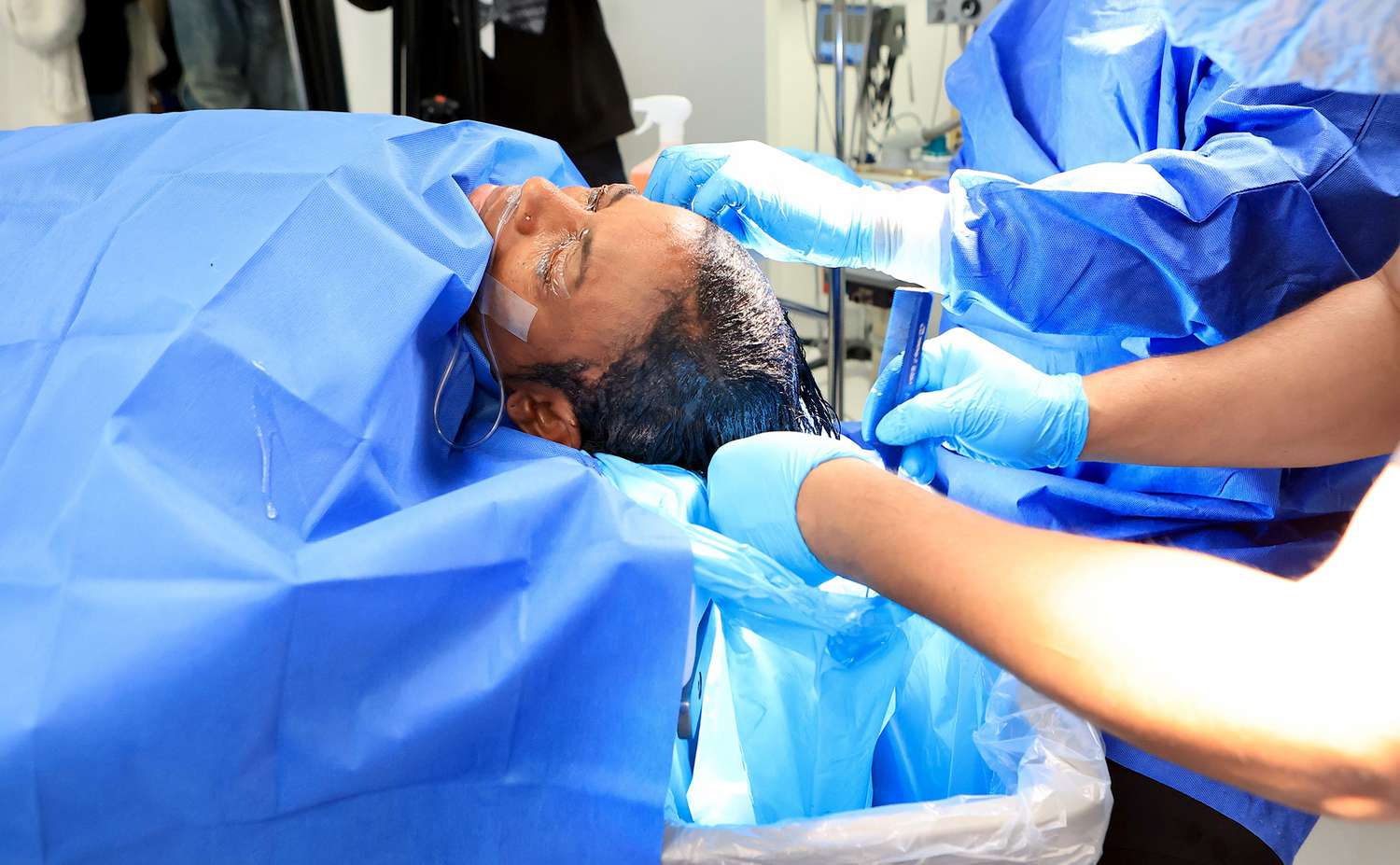
After going more than a month with Gorilla Glue shellacked to her head, Tessica Brown was overcome with emotion when she woke up from surgery and could run her fingers through her hair again.
"I can't even explain that feeling," the 40-year-old tells PEOPLE. "If you didn't go through that whole [ordeal], your hair being stuck like that for a month, nobody's going to ever understand how I felt. I can't even explain how I felt when I wasn't able to do something simple that other people could do every day."
Brown, from St. Bernard Parish, Louisiana, was not doing well when she posted the now-viral TikTok explaining that she had used Gorilla Glue Spray Adhesive Heavy Duty on her hair after she ran out of her go-to hairspray a month earlier.
"I had stopped eating," she says. "I lost like 10, 13 lbs." And kids at school, who had seen her TikTok, were making fun of her 11-year-old daughter. "I would go in the bathroom to cry, because I'm the reason my child is getting made fun of at school."
Brown's phone number had also gotten out, and she was getting non-stop calls and texts from people. She had thrown her phone across the room in frustration, but her 8-year-old daughter ended up answering a call from her manager Gina Rodriguez, who was reaching out to say that a plastic surgeon in Beverly Hills, Dr. Michael Obeng, had heard about her story and wanted to fly her out and fix her hair for free.
"As a chemistry major, I knew that this was a possibility," Obeng tells PEOPLE. "So I had to look at the ingredients, the main components of Gorilla Glue. We mixed the different components just to make sure that it will work, and also not harm the skin. You know, a lot of people can take out glue, but the question is, how can you safely take out glue, and not break skin. And as somebody with extensive background in reconstruction, I was very well versed in that."
In mid-February, Brown flew out to Los Angeles to meet with Obeng.
"When she came to us, she had a lot of anxiety, and the first goal was to curb that anxiety, make her less anxious," he says, adding that she was in a lot of pain. "Imagine what it's like to have your scalp constantly under tension for a whole month. The hair was all matted down and stuck to the scalp, and you can't move it, it's like wood or glass."
Obeng had formulated a treatment and tested it out on the hair of a mannequin, and on his own skin to make sure it wouldn't burn. Brown was extremely nervous before the treatment, and "worried that I'm going to be bald," so Obeng and his staff gave her an IV to calm her down. He then applied his treatment carefully, over the course of four hours.
"My backup plan was, if everything else fails, then I might have to do a surgical haircut. But this solution was great and I was able to untangle the hair," he says. "We started with cutting the ponytail, and we were able to dissolve the glue. Then we start working our way all the way into the scalp. And then we washed it out and put oil in it just to make sure that it doesn't go back. It was very painstakingly done. We did not cause any harm. And we're able to save a lot of the hair follicles."
When Brown woke up and was able to feel her hair again, she was overcome.
"You should have seen the tears of joy when she could finally run her fingers through her hair," Obeng says. "That young lady has been through a lot, and I'm glad that she has finally has this, and that she is finding relief, and she's gone on to her normal life now."
"This man is some type of miracle worker," Brown says. "I'm telling you, this man is amazing."
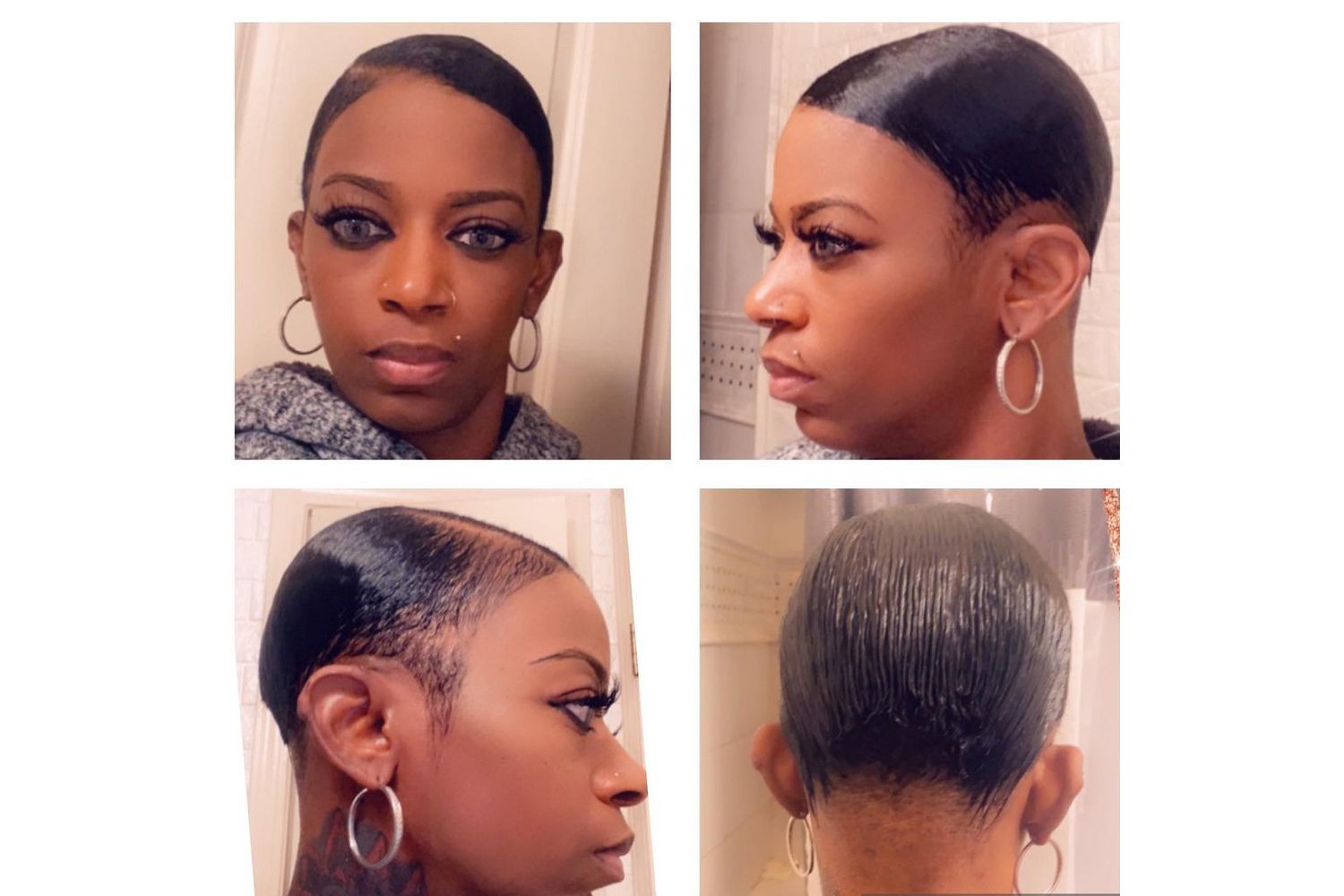
Obeng treated her hair a few more times before she went home, and Brown is now following strict instructions to "treat her hair like a newborn baby" with mild shampoos and natural oils.
Before Obeng reached out, Brown had started a GoFundMe to raise money for treatment and received more than $23,000 in donations. She's now going to donate $20,000 of it to Obeng's charity, R.E.S.T.O.R.E, which provides free reconstructive surgery to people with deformities in developing countries, and the remaining $3,000 to three families in need in her community.
Brown is also working on responding to the thousands of messages of love and support that she received on social media, which she said she's "truly grateful" for. And going forward, she plans to "embrace" her natural hair, something she's encouraging other women to do too.
"I just want everybody, the women my age, the women older than me, the little children, my children — we need to really realize our hair really don't make us," she says. "If I would've just left out of here without spraying [the Gorilla Glue], it would've gotten messed up, I wouldn't have went through all of this. It's not worth it at all."


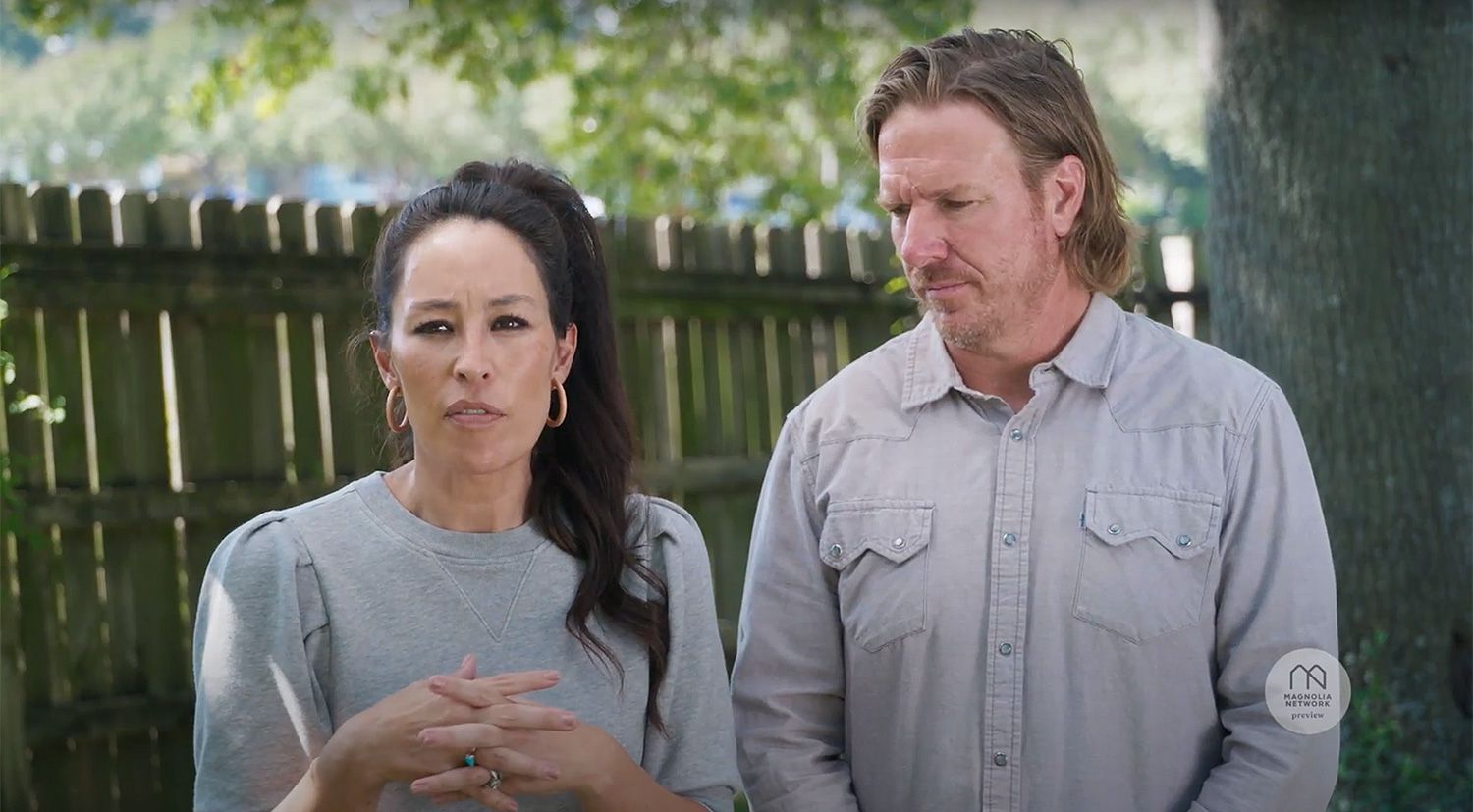
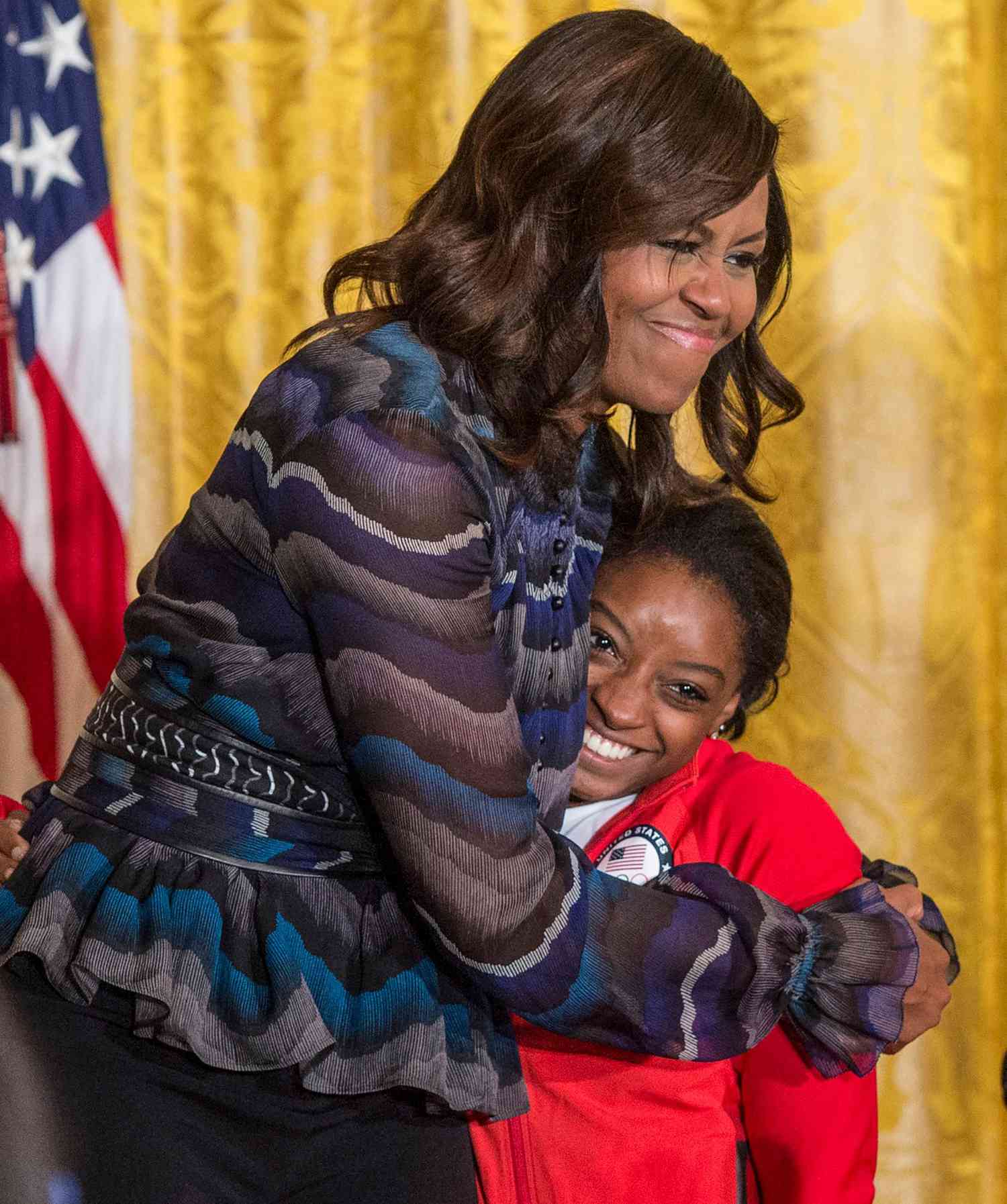
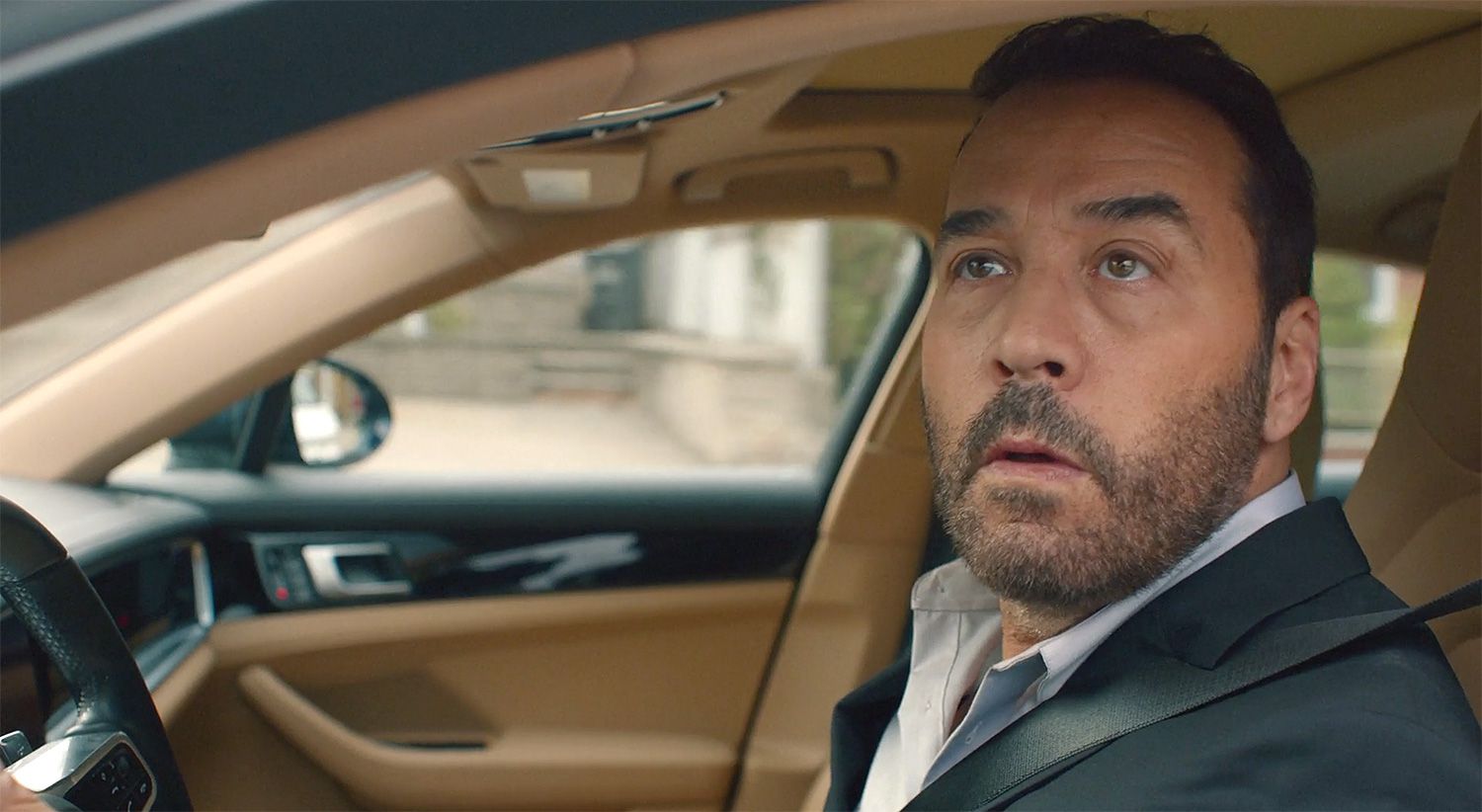
Source: Read Full Article